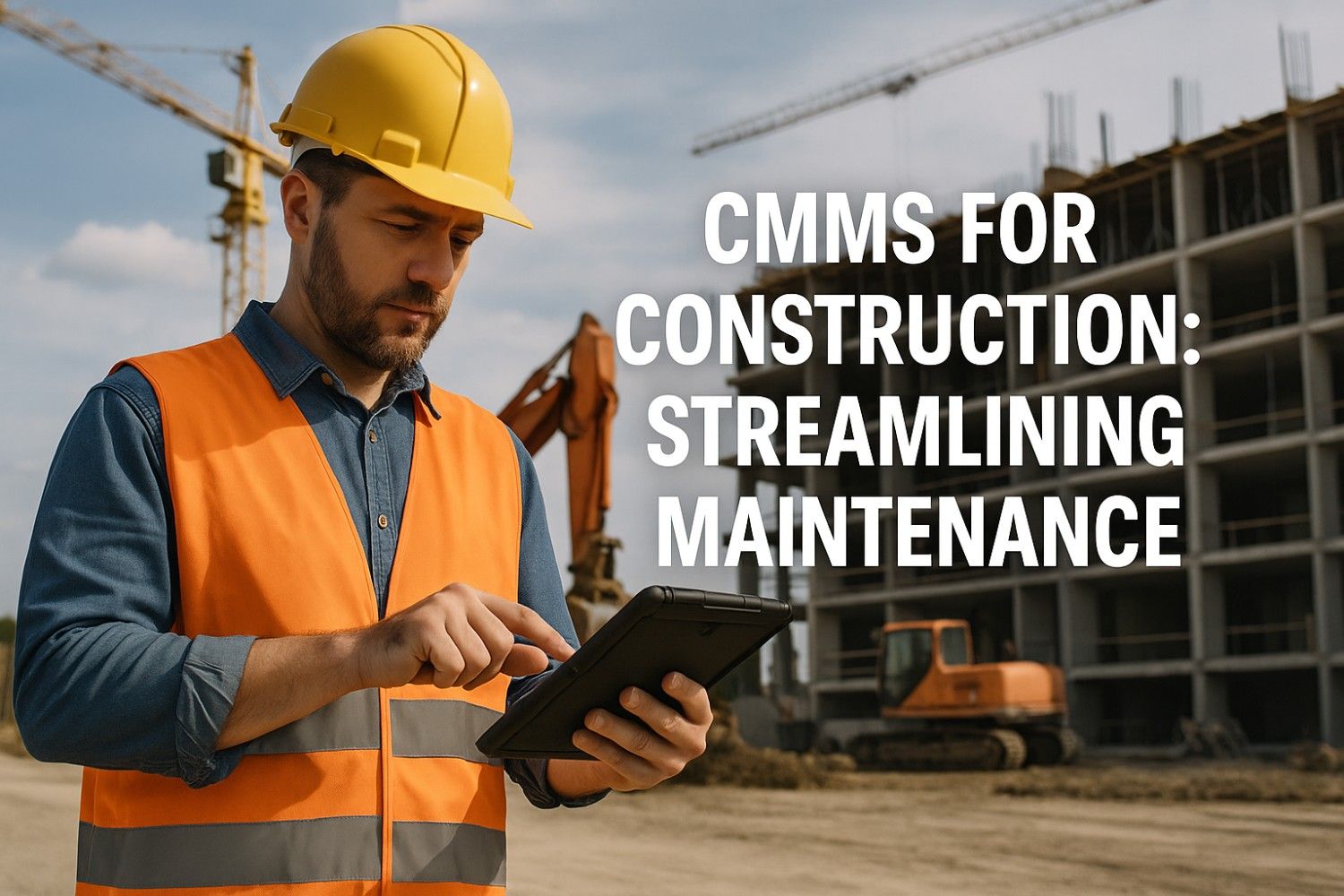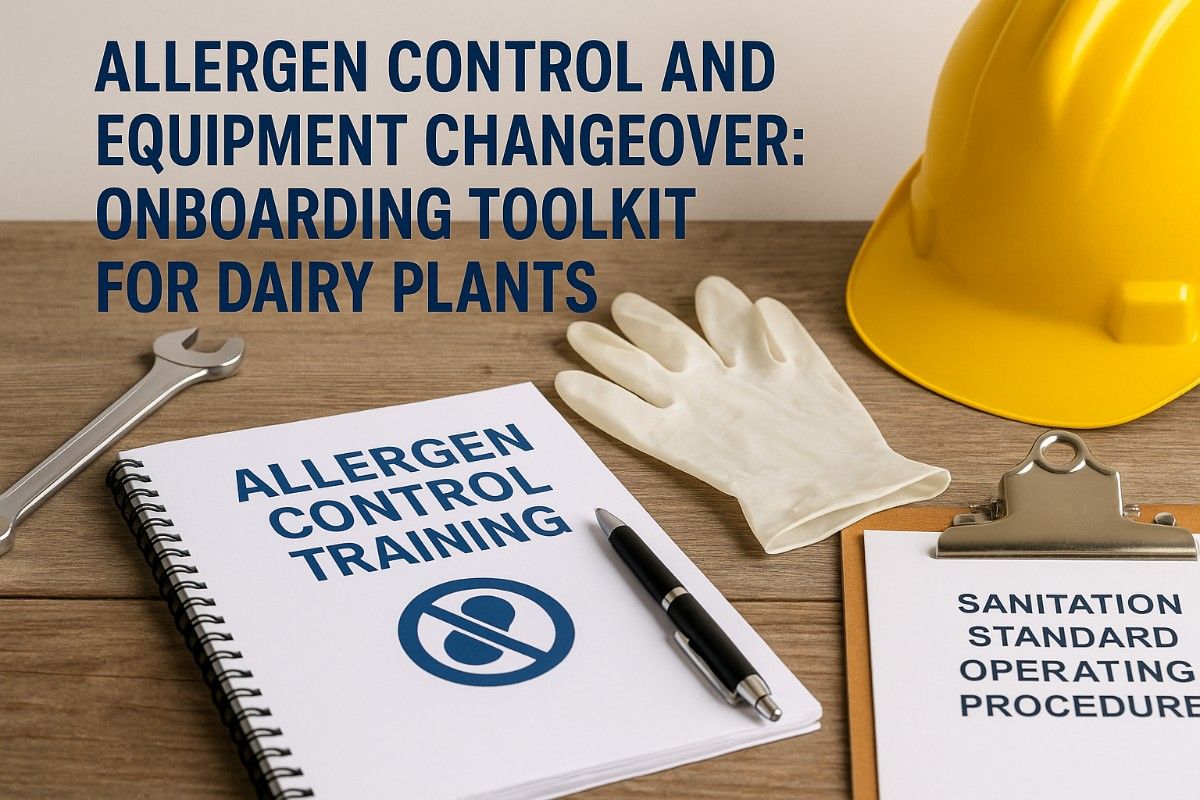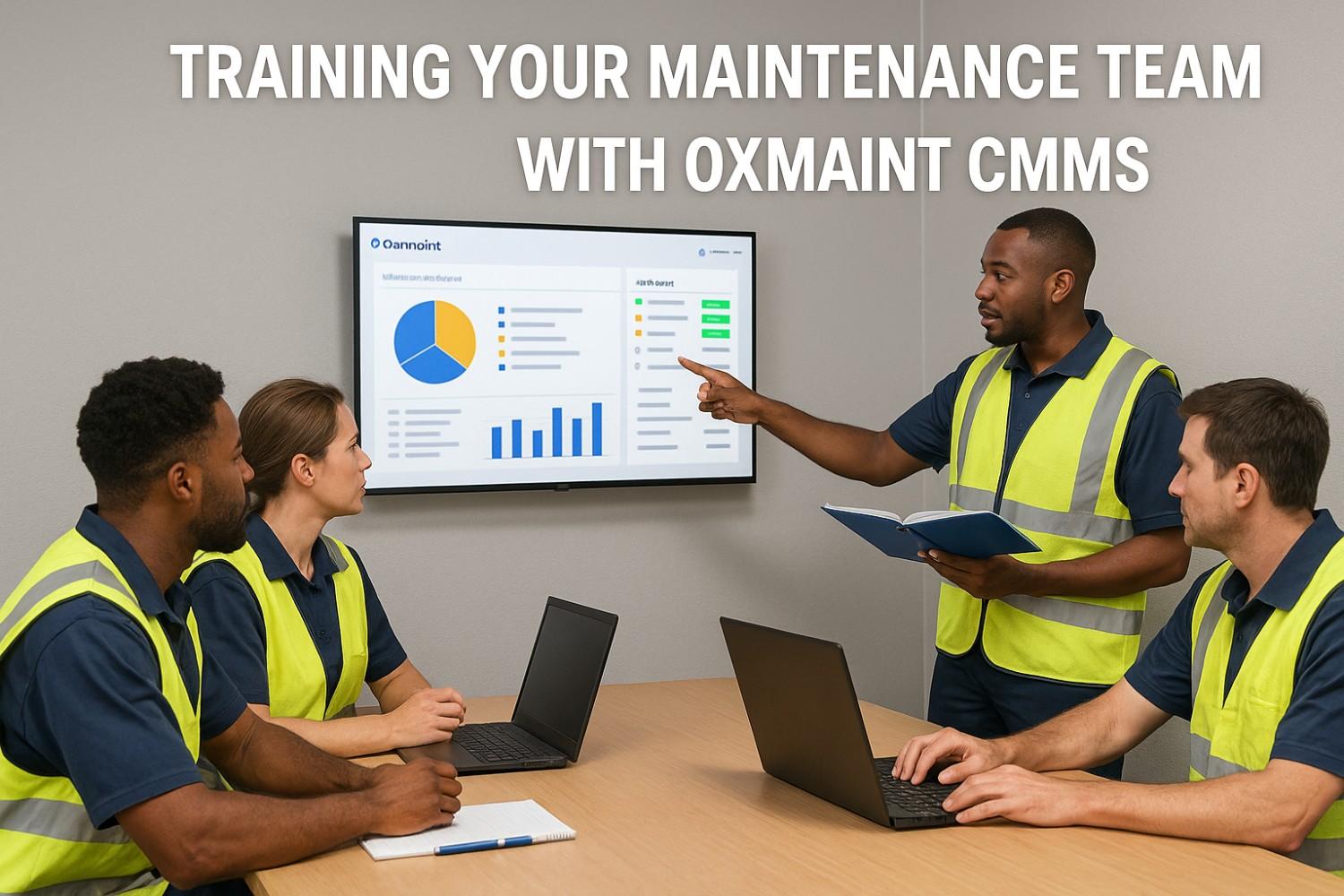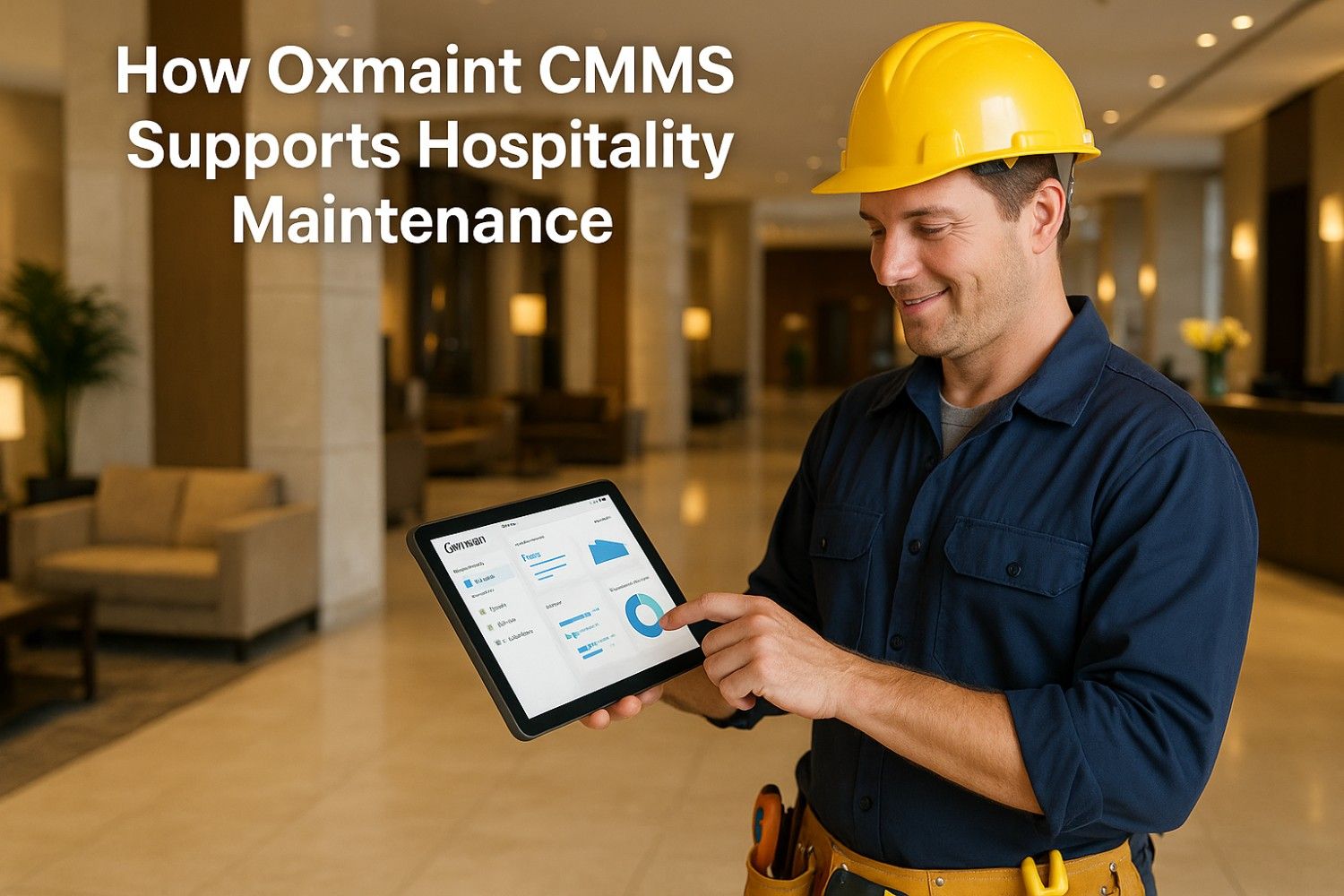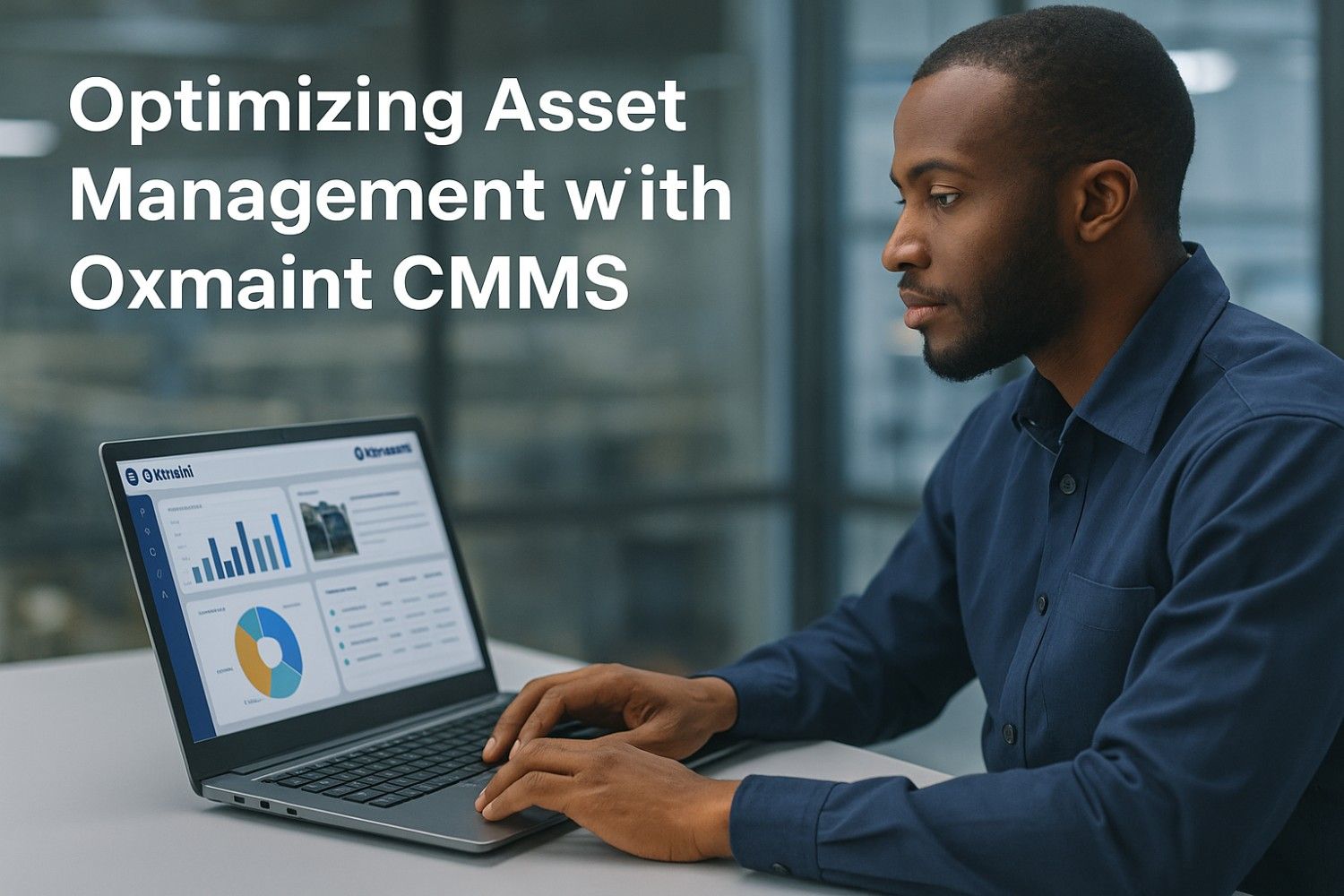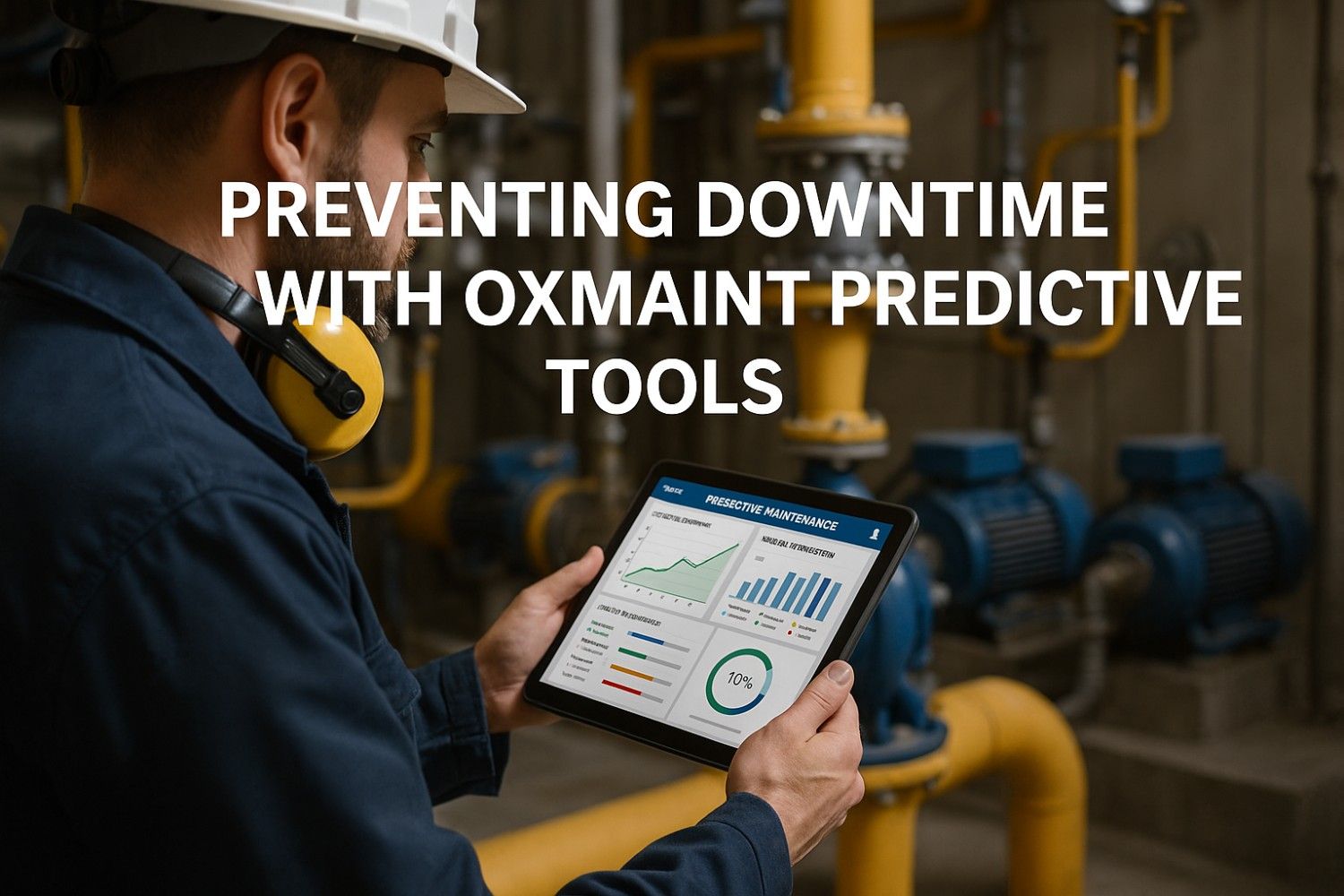Your project superintendent calls at 6:47 AM with devastating news: "The tower crane hydraulic system failed overnight, halting all vertical construction on the $47 million mixed-use development. We've got 23 subcontractors idle, equipment rental costs burning $18,000 daily, and liquidated damages kicking in at $35,000 per day if we miss the milestone deadline in 12 days." You check last week's maintenance logs—scattered across paper forms, text messages, and three different spreadsheets—discovering the hydraulic pressure warnings that nobody connected or escalated. Without centralized CMMS software tracking equipment maintenance across your construction sitescritical asset problems slip through the cracks until catastrophic failures devastate project schedules and profitability.
This crisis scenario repeats daily across construction companies as projects struggle with equipment breakdowns that trigger cascading schedule delays, cost overruns, and safety incidents. The average construction firm loses 20-30% of equipment productivity to unplanned downtime and reactive repairs, costing general contractors $140,000-380,000 per major project, but construction-specific CMMS solutions like Oxmaint reduce equipment failures by 65-80% through systematic maintenance management and work order automation.
Construction companies implementing Oxmaint CMMS achieve 50-70% reductions in equipment downtime while cutting maintenance costs 35-45% compared to paper-based systems and reactive repair approaches. The transformation centers on mobile work order management, fleet maintenance tracking, and compliance documentation that keeps heavy equipment operational across multiple jobsites regardless of geographic distribution or project complexity.
Stop losing $35,000 daily to preventable equipment failures that derail construction schedules!
Oxmaint CMMS has saved construction companies over $94 million in equipment downtime and schedule delays. Discover how mobile maintenance software transforms scattered paper logs into systematic asset management—preventing the next tower crane failure that could halt your entire project and trigger liquidated damages.
Why Construction Needs Specialized CMMS Software
Construction maintenance management presents unique challenges fundamentally different from manufacturing or facility operations. Equipment moves between jobsites weekly, operates in harsh environmental conditions, requires diverse operator skill levels, and faces intense utilization during compressed project timelines. Traditional CMMS platforms designed for fixed-location facilities fail to address the mobile, project-based nature of construction operations where a single excavator might work across five different sites in three months.
The financial impact of construction equipment failures extends far beyond direct repair costs. A failed concrete pump on a critical pour day triggers ready-mix truck waiting charges ($150-300/hour per truck), wasted concrete disposal costs ($8,000-15,000), schedule compression costs (overtime and expediting), subcontractor standby time, and potential liquidated damages if delays accumulate. These cascading costs typically run 8-12x higher than the actual equipment repair expense, making maintenance reliability critical to project profitability.
Multi-Site Equipment Tracking
Construction equipment constantly moves between projects. CMMS must track asset locations, maintenance history, and upcoming service requirements regardless of current jobsite assignment.
Mobile Work Order Access
Mechanics work in field conditions without desktop access. Mobile CMMS apps enable technicians to receive assignments, document repairs, and update statuses from any location.
Compliance Documentation
OSHA inspections and daily equipment checks require systematic documentation. CMMS automates inspection checklists and maintains permanent compliance records preventing citations and liability.
Rental Fleet Integration
Construction projects utilize owned and rented equipment. CMMS must track maintenance responsibility, rental agreements, damage documentation, and return condition verification across mixed fleets.
Oxmaint addresses these construction-specific requirements through purpose-built functionality including GPS asset tracking, mobile-first work order management, customizable inspection forms, and multi-project reporting that provides both equipment-centric and project-centric visibility into maintenance operations.
Oxmaint CMMS Core Capabilities for Construction
Oxmaint delivers comprehensive maintenance management functionality tailored specifically for construction industry requirements. The platform combines mobile accessibility, multi-site visibility, and compliance automation in a unified system accessible to equipment managers, field mechanics, project superintendents, and executive leadership through role-appropriate interfaces.
| CMMS Feature | Construction Application | Operational Impact |
|---|---|---|
| Mobile Work Orders | Mechanics receive and complete assignments via smartphone app from any jobsite location | 60% faster work order completion, real-time status updates |
| Equipment Tracking | GPS-enabled asset location monitoring across all active construction sites | Eliminate lost equipment, optimize utilization 25-35% |
| Preventive Maintenance | Automated service schedules based on hours, miles, or calendar intervals | 70% reduction in unexpected breakdowns |
| Digital Inspections | Daily equipment checks and OSHA compliance forms on mobile devices | 100% documentation compliance, instant issue escalation |
| Parts Inventory | Track spare parts across tool cribs and service trucks with automated reorder alerts | 35% reduction in emergency parts procurement |
| Fleet Analytics | Equipment performance dashboards showing downtime, costs, and utilization by asset or project | Data-driven repair vs. replace decisions |
Work order automation represents the foundation of construction CMMS value. Oxmaint automatically generates preventive maintenance work orders based on equipment usage meters, calendar schedules, or project milestones, then routes assignments to appropriate mechanics based on skill qualifications, current location, and workload balancing. This automation eliminates the administrative burden of manual scheduling while ensuring no critical maintenance intervals are missed despite the chaos of active construction sites.
Implementation Process for Construction Companies
Deploying CMMS software across construction operations requires systematic rollout addressing both technical integration and organizational adoption. Unlike manufacturing facilities with stable equipment populations, construction companies must configure systems supporting dynamic asset assignments, project-based reporting, and mobile-first workflows that match field operation realities.
Oxmaint CMMS Implementation Roadmap
Phased implementation starting with high-value equipment and active projects enables faster ROI realization while building organizational confidence in CMMS capabilities. Most construction companies begin with critical assets—tower cranes, concrete pumps, excavators over 30 tons—where equipment failures create maximum schedule impact and cost exposure, then expand coverage to complete fleet over 6-12 months.
Change management and user adoption significantly impact CMMS success. Construction companies achieving 90%+ technician adoption rates invest in hands-on mobile app training, establish clear expectations for work order documentation, and demonstrate leadership commitment through consistent system usage and reporting review. Those treating CMMS as optional or allowing parallel paper-based processes achieve only 30-40% adoption with corresponding limited value realization.
ROI and Cost Savings Analysis
Construction CMMS investment generates returns through multiple value streams extending beyond direct maintenance cost reduction. Quantifiable benefits include prevented equipment failures, reduced rental expenses, faster regulatory compliance, improved utilization rates, and avoided schedule delays with associated liquidated damage exposure.
Equipment Downtime Reduction
$180,000-450,000 annual savings per $50M project
Preventive maintenance reduces catastrophic failures 65-80%, preventing schedule delays and liquidated damage exposure
Maintenance Cost Optimization
$85,000-220,000 annual savings per 50-unit fleet
Systematic scheduling eliminates 40-60% of reactive repairs while extending equipment service life 20-30%
Administrative Efficiency
15-25 hours weekly time savings
Automated work orders, digital inspections, and centralized reporting eliminate manual documentation and spreadsheet management
Compliance Risk Reduction
$50,000-200,000 avoided citation costs
100% documented daily inspections and maintenance records prevent OSHA penalties and liability exposure during incidents
Typical construction company CMMS implementation costs range $15,000-45,000 for initial setup plus $200-500 monthly per user for cloud-based platforms like Oxmaint. These investments generate positive ROI within 8-14 months through combined cost savings and risk mitigation, with ongoing annual benefits of $320,000-890,000 for mid-sized contractors operating $100-300M annual project volumes.
Equipment utilization improvements represent a frequently overlooked CMMS benefit. Real-time asset location tracking and availability visibility enables better equipment allocation between projects, reducing rental needs by 15-25% through improved owned fleet utilization. For contractors spending $2-5M annually on equipment rentals, these optimization benefits alone often justify CMMS investment.
Best Practices for Construction CMMS Success
Maximizing construction maintenance software value requires ongoing optimization extending beyond initial deployment. High-performing organizations continuously refine preventive maintenance schedules based on actual failure data, expand inspection coverage to address emerging compliance requirements, and leverage analytics for strategic equipment investment decisions.
Proven Construction CMMS Strategies
- Establish Mobile-First Culture: Require all work order documentation through mobile app, eliminating parallel paper processes that undermine data integrity
- Integrate with Project Management: Connect CMMS with scheduling software to coordinate maintenance windows with project milestones and critical path activities
- Implement Usage-Based Scheduling: Track equipment hours through telematics integration, triggering maintenance based on actual utilization rather than calendar intervals
- Create Equipment Standards: Standardize fleet to reduce parts inventory complexity and training requirements while improving maintenance efficiency
- Monitor Leading Indicators: Track PM compliance rates, mean time between failures, and work order cycle times to identify degrading performance before failures occur
- Leverage Historical Data: Analyze failure patterns to optimize preventive maintenance intervals and inform repair vs. replace decisions based on actual cost trends
- Ensure Accountability: Assign clear ownership for equipment maintenance at project and corporate levels with performance metrics tied to results
- Plan for Growth: Configure CMMS with scalable structure supporting expansion into new markets, equipment types, and service offerings
Inspection compliance represents a critical CMMS application in construction given OSHA requirements for daily equipment checks on cranes, forklifts, scaffolding, and other regulated assets. Digital inspection forms with photo documentation, automatic supervisor notification of failures, and permanent record retention transform compliance from administrative burden to proactive safety and risk management tool.
Data analytics capabilities enable construction companies to shift from reactive equipment management to strategic fleet optimization. Oxmaint reporting reveals which equipment types generate highest maintenance costs, which projects experience excessive failures suggesting operational issues, and which assets approach economic replacement thresholds. These insights inform capital planning, equipment specification decisions, and operational training priorities.
Conclusion
CMMS software represents a fundamental transformation in construction equipment maintenance from reactive paper-based processes to systematic digital asset management. Construction companies implementing Oxmaint achieve 50-70% reductions in equipment downtime while cutting maintenance costs 35-45% through mobile work order management, preventive maintenance automation, and compliance documentation that prevents costly failures and regulatory citations.
Construction-specific CMMS requirements differ fundamentally from manufacturing applications, demanding mobile accessibility, multi-site tracking, and project-based reporting that match the dynamic nature of construction operations. Oxmaint addresses these unique needs through purpose-built functionality including GPS asset tracking, offline mobile capabilities, and flexible reporting supporting both equipment-centric and project-centric visibility.
Implementation success depends equally on technical configuration and organizational adoption. Structured deployment frameworks starting with high-value equipment and active projects enable faster ROI while building confidence in CMMS capabilities before company-wide rollout. Change management and mobile app training significantly impact technician adoption rates that ultimately determine CMMS value realization.
Ongoing optimization through preventive maintenance refinement, inspection expansion, and data analytics enables continuous improvement extending beyond initial implementation gains. High-performing construction companies leverage CMMS data for strategic fleet decisions, project risk assessment, and operational training priorities that compound value over time.
The construction industry increasingly recognizes equipment maintenance as strategic competitive advantage rather than necessary cost. Companies with systematic CMMS-enabled maintenance management achieve superior project profitability through reliable equipment performance, reduced schedule risk, and lower total ownership costs compared to reactive competitors relying on paper-based processes.
Ready to eliminate equipment failures that devastate construction schedules and project profitability?
Every week without CMMS software risks another catastrophic breakdown triggering $200,000+ in combined repair costs, schedule delays, and liquidated damages. Oxmaint has saved construction companies over $94 million through systematic equipment maintenance and mobile work order management—implement before your next tower crane failure halts an entire project and destroys quarterly financial performance.
